Propagating Ginkgo Cuttings: Learn How To Root Ginkgo Cuttings
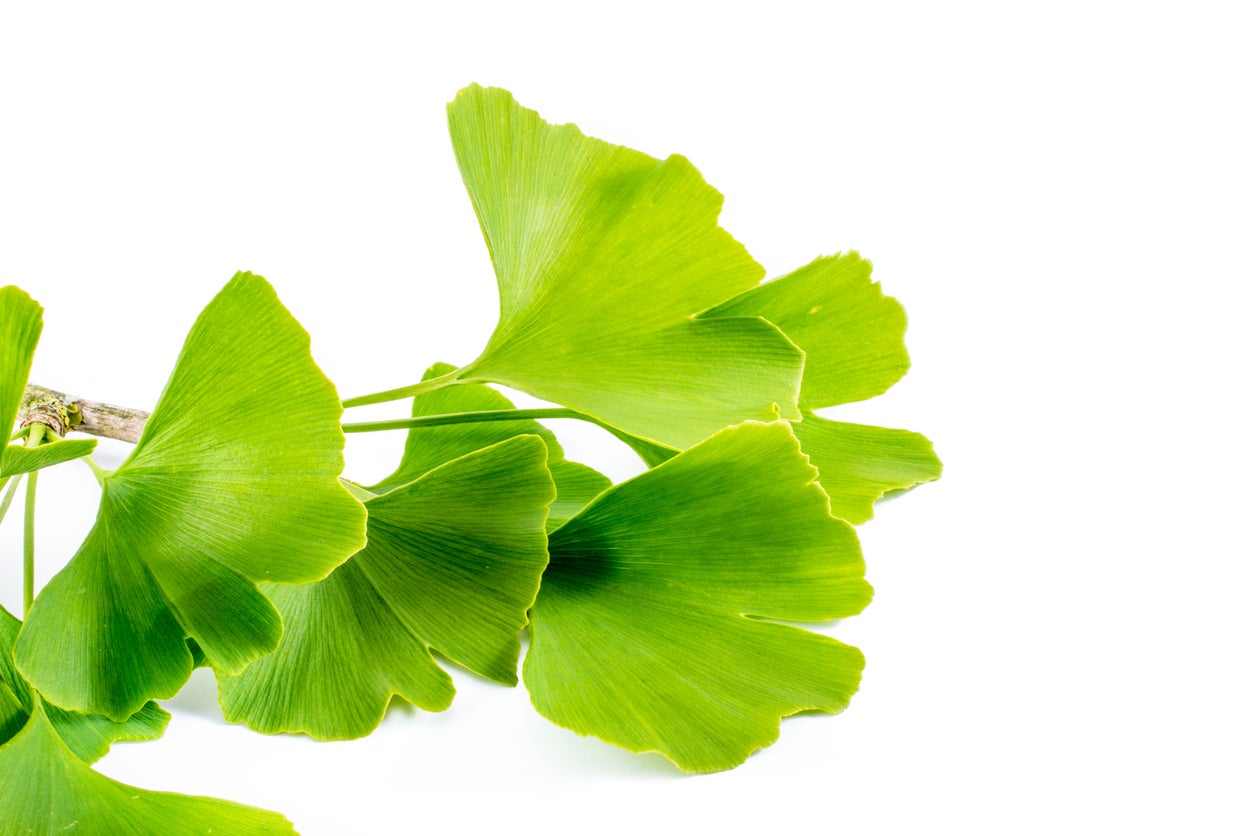
Ginkgo biloba is the sole surviving member of the extinct division of plants known as Gingkophya, which dates back some 270 million years. Ginkgo trees are distantly related to conifers and cycads. These deciduous trees are prized for their bright fall foliage and medicinal benefits, so it’s not surprising that many homeowners would want to add them to their landscape. While there a number of ways to propagate these trees, ginkgo cutting propagation is the preferred method of cultivation.
How to Root Ginkgo Cuttings
Propagating ginkgo cuttings is the easiest way to make more of these beautiful trees. The cultivar ‘Autumn Gold’ is the easiest to root from cuttings.
When it comes to propagating cuttings, your first question may be, “can you root ginkgo in water?” The short answer is no. Ginkgo trees are sensitive to poor drainage; they prefer well-drained soil and do well in urban areas surrounded by concrete. Too much water drowns them, so rooting in water is not very successful.
Just as there is more than one way to propagate a ginkgo tree, such as with seeds, there is more than one way to propagate by way of cuttings depending on your level of expertise.
Beginner
In the summer (May-June in the Northern Hemisphere), cut the tip ends of growing branches into 6 to 7 inch (15-18 cm.) lengths using a sharp knife (preferred) or a pruner (tends to crush the stem where the cut was made). Look for the hanging yellow cones of pollen on male trees and only take cuttings from these; female trees produce sticky, smelly seed sacks that are highly undesirable.
Stick stem ends into loosened garden soil or a 2 to 4 inch (5-10 cm.) deep container of rooting mix (usually contains vermiculite). The mix helps prevent molds and fungus from growing in the seed bed. Rooting hormone (a powdered substance that aids rooting) may be used if desired. Keep the seed bed damp but not sopping wet. The cuttings should root in six to eight weeks.
If winters aren’t too cold where you garden, the cuttings can be left in place until spring, then planted in their permanent spots. In harsh weather, pot the cuttings into 4 to 6 inch (10-15 cm.) pots of potting soil. Move pots to a sheltered area until spring.
Gardening tips, videos, info and more delivered right to your inbox!
Sign up for the Gardening Know How newsletter today and receive a free copy of our e-book "How to Grow Delicious Tomatoes".
Intermediate
Make 6 to 7 inch stem tip cuttings using a sharp knife (to avoid bark ripping) in summer to assure sex of trees. Males will have hanging yellow pollen cones, while females will have stinky seed sacks. Use rooting hormone to help improve success when rooting cuttings from a ginkgo.
Insert cut end of stem into rooting hormone, then into prepared soil bed. Keep soil bed evenly moist by using a light covering (e.g. bug tent) or daily watering, preferably with a timer. Cuttings should root in about six to eight weeks and may be planted out or left in place until spring.
Expert
Take stem tip cuttings of around 6 inches (15 cm.) long in summer for fall rooting to assure cultivation of male trees. Dip cuttings in rooting hormone IBA TALC 8,000 ppm, place in a frame, and keep moist. Temperature range should remain about 70 to 75 degrees F. (21-24 C.) with rooting taking place in six to eight weeks.
Making more ginkgo from cuttings is a cheap and fun way to get free trees!
Note: if you are allergic to cashews, mangoes, or poison ivy, avoid male ginkgoes. Their pollen is very aggravating and powerfully allergy-triggering (a 7 on a 10 scale).
-
 4 Superfast Composting Methods: Turn Waste Into Garden Gold In 30 Days Or Less
4 Superfast Composting Methods: Turn Waste Into Garden Gold In 30 Days Or LessTry the fastest composting methods to turbocharge your pile and transform kitchen scraps and garden waste into finished compost in just a few weeks.
By Mary Ellen Ellis
-
 Best Spider Plant Soil – Complete Soil Guide And Expert Tips For Keeping Plants Happy
Best Spider Plant Soil – Complete Soil Guide And Expert Tips For Keeping Plants HappySpider plants are fun and easy plants to grow, but what is the best soil for a spider plant? Selecting the right soil is important so they can thrive.
By Bonnie L. Grant
-
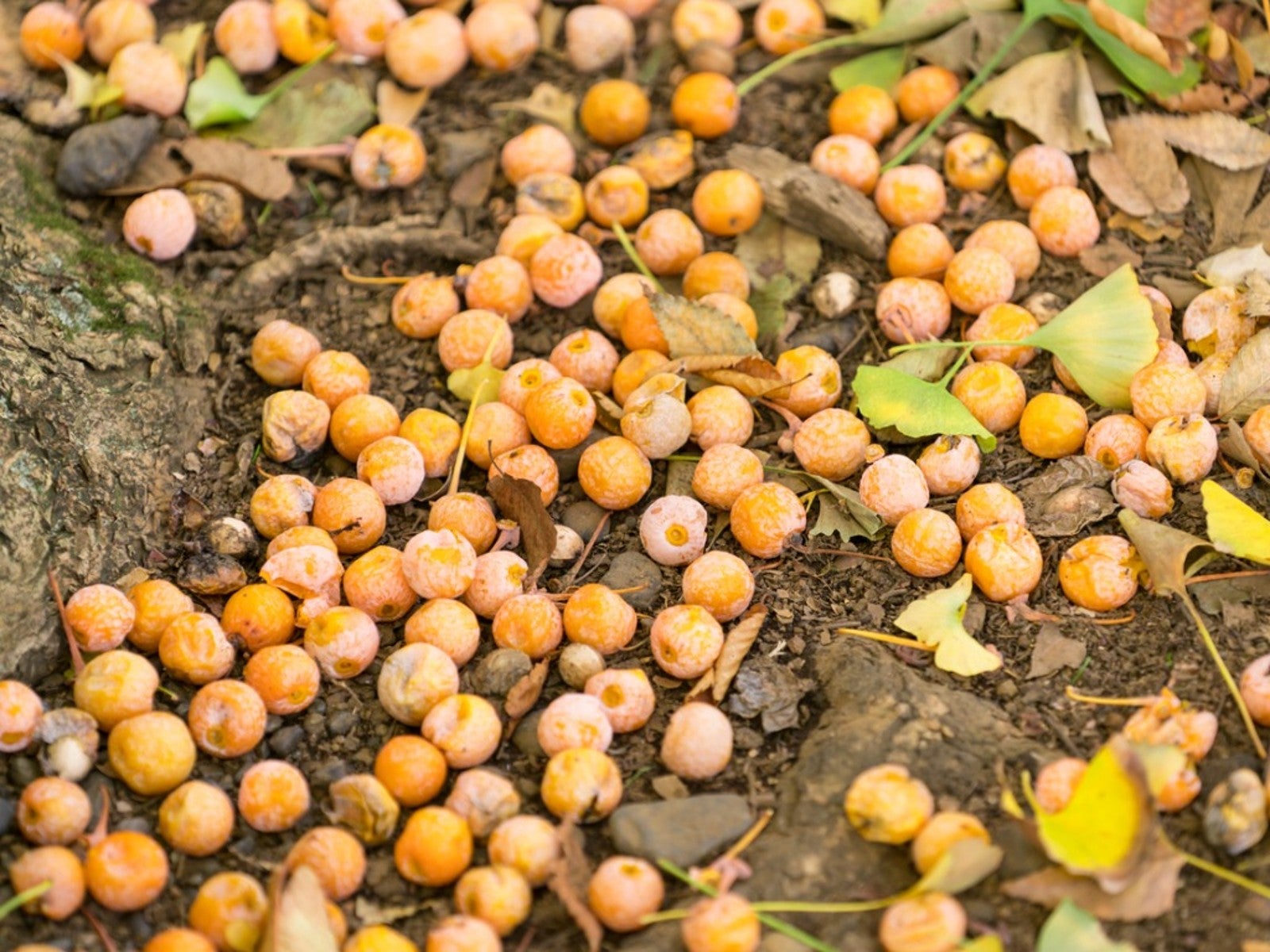 How To Get Rid Of Smelly Ginkgo Biloba Fruit
How To Get Rid Of Smelly Ginkgo Biloba FruitIt is possible to avoid the ginkgo smell with a little planning. Eliminating the odor, however, is a different story! Click here for more.
By Teo Spengler
-
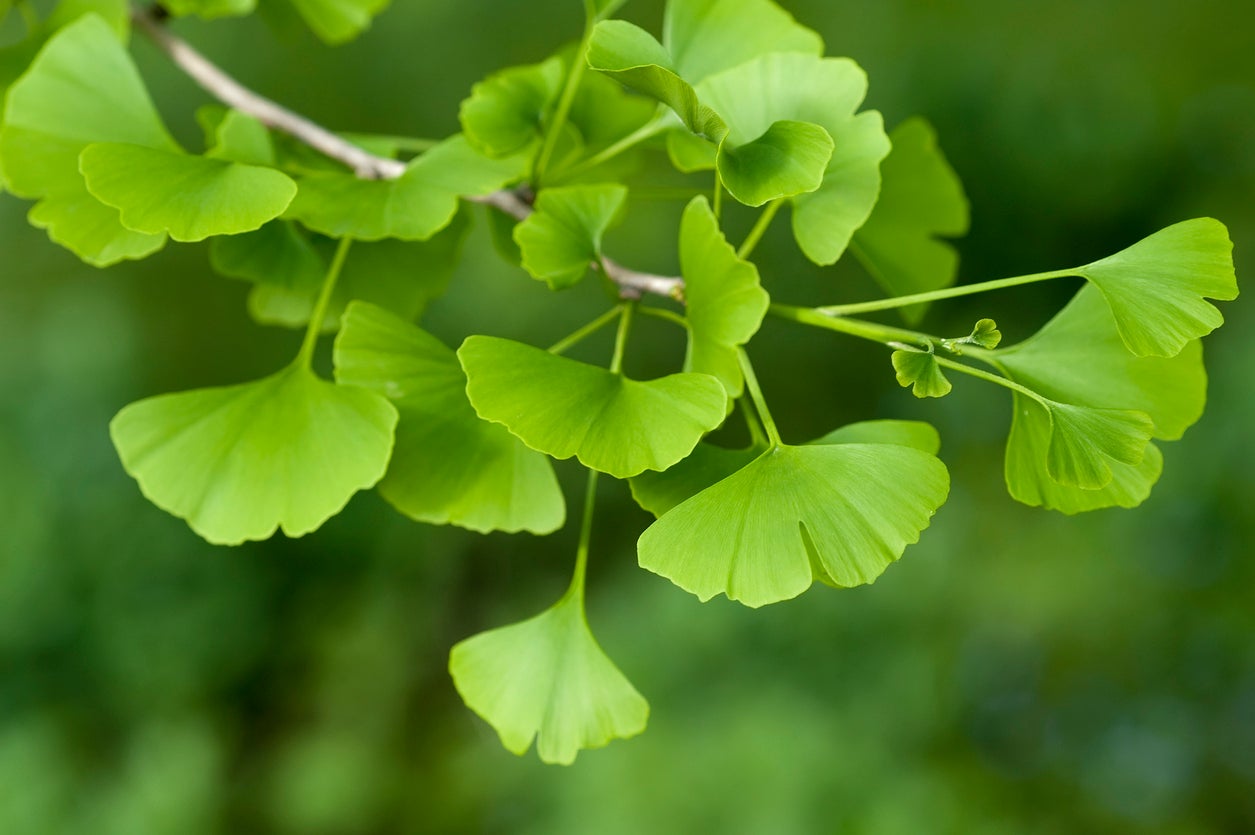 Feeding Ginkgo Trees: Learn About Ginkgo Fertilizer Needs
Feeding Ginkgo Trees: Learn About Ginkgo Fertilizer NeedsAs you might imagine, fertilizing ginkgo trees is rarely necessary and the tree is adept at managing on its own. However, you may want to feed the tree lightly if growth is slow or if leaves are pale or smaller than usual. This article will help get you started.
By Mary H. Dyer
-
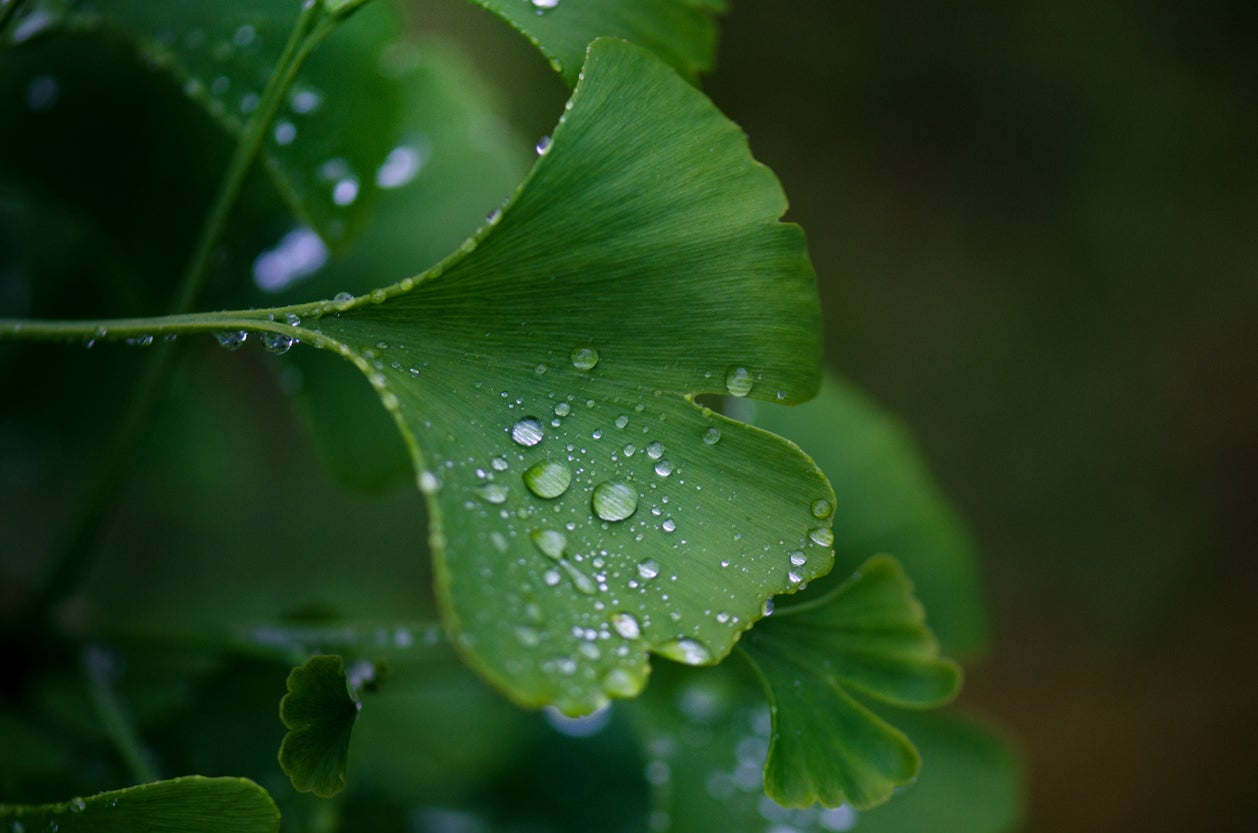 Ginkgo Water Requirements: How To Water Ginkgo Trees
Ginkgo Water Requirements: How To Water Ginkgo TreesA ginkgo tree is a lovely ornamental or shade tree in yards. Once ginkgo trees are established, they require little maintenance and care. But considering ginkgo water requirements will help you ensure the trees in your garden are healthy and thriving. Learn more here.
By Mary Ellen Ellis
-
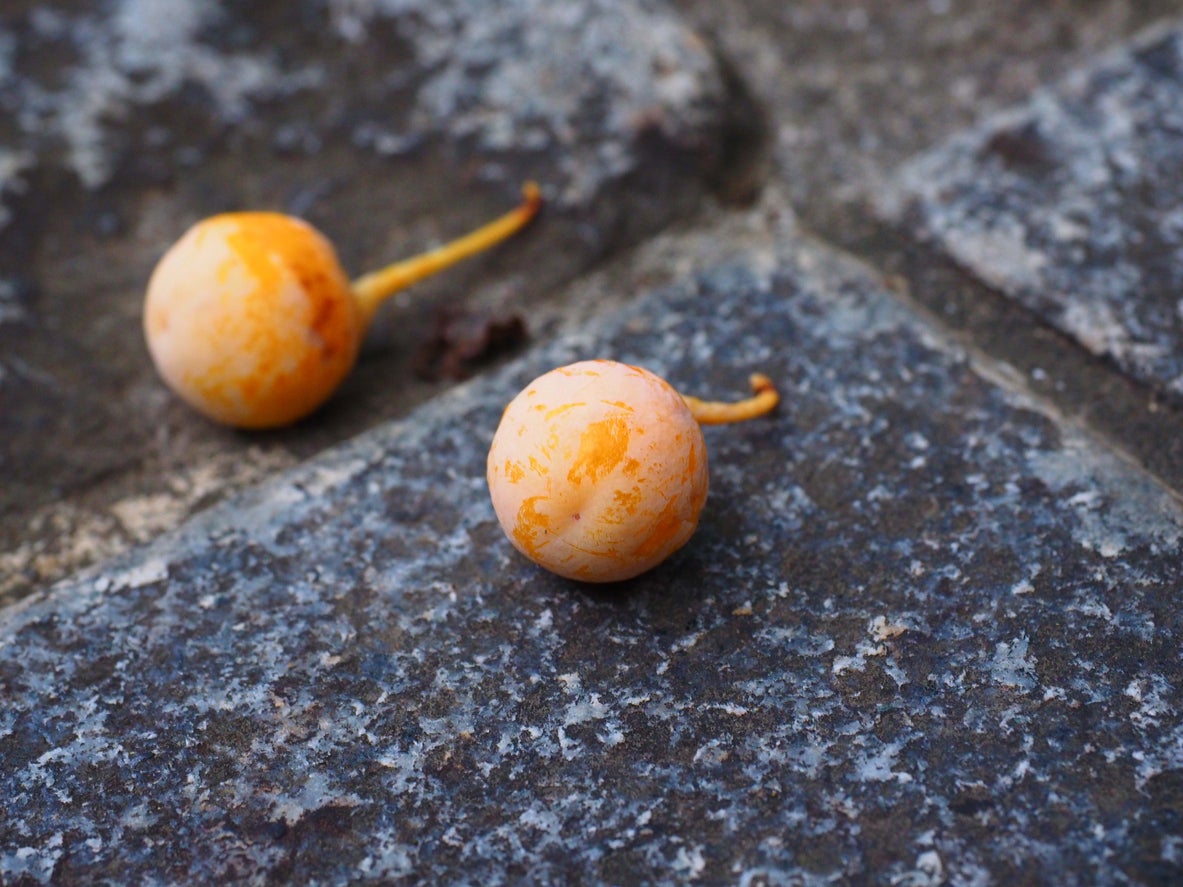 Ginkgo Seed Propagation Guide – How To Plant Ginkgo Seeds
Ginkgo Seed Propagation Guide – How To Plant Ginkgo SeedsOne of our oldest plant species, Ginkgo biloba can be propagated from cuttings, grafting or seed. The first two methods result in plants much quicker, but growing ginkgo trees from seed is an experience not to be missed. Click here for tips on planting ginkgo seeds.
By Bonnie L. Grant
-
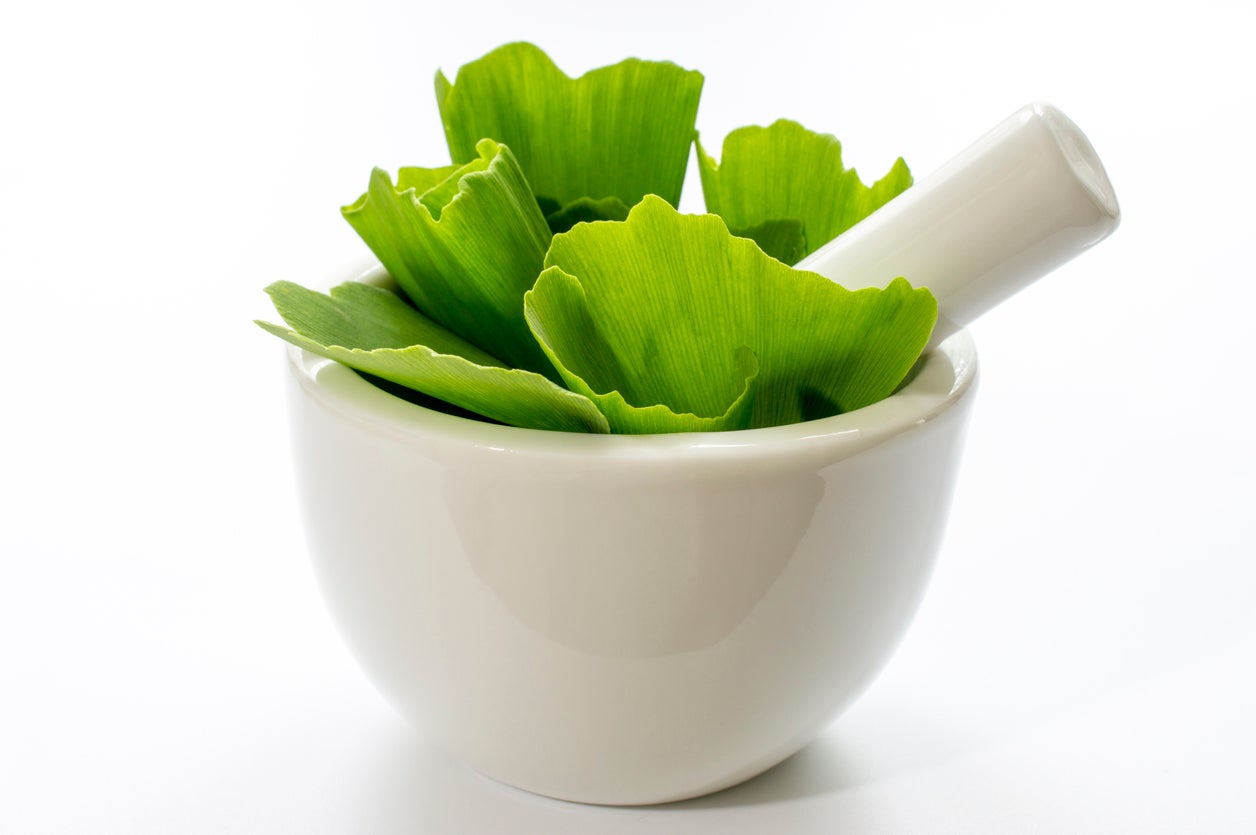 Is Ginkgo Good For You – Learn About Ginkgo Health Benefits
Is Ginkgo Good For You – Learn About Ginkgo Health BenefitsMedicinal ginkgo has been in use for at least 5,000 years and probably even longer. Modern ginkgo health benefits target memory and prevent certain signs of brain aging, but there are more historical uses for the plant. Learn what they are in this article.
By Bonnie L. Grant
-
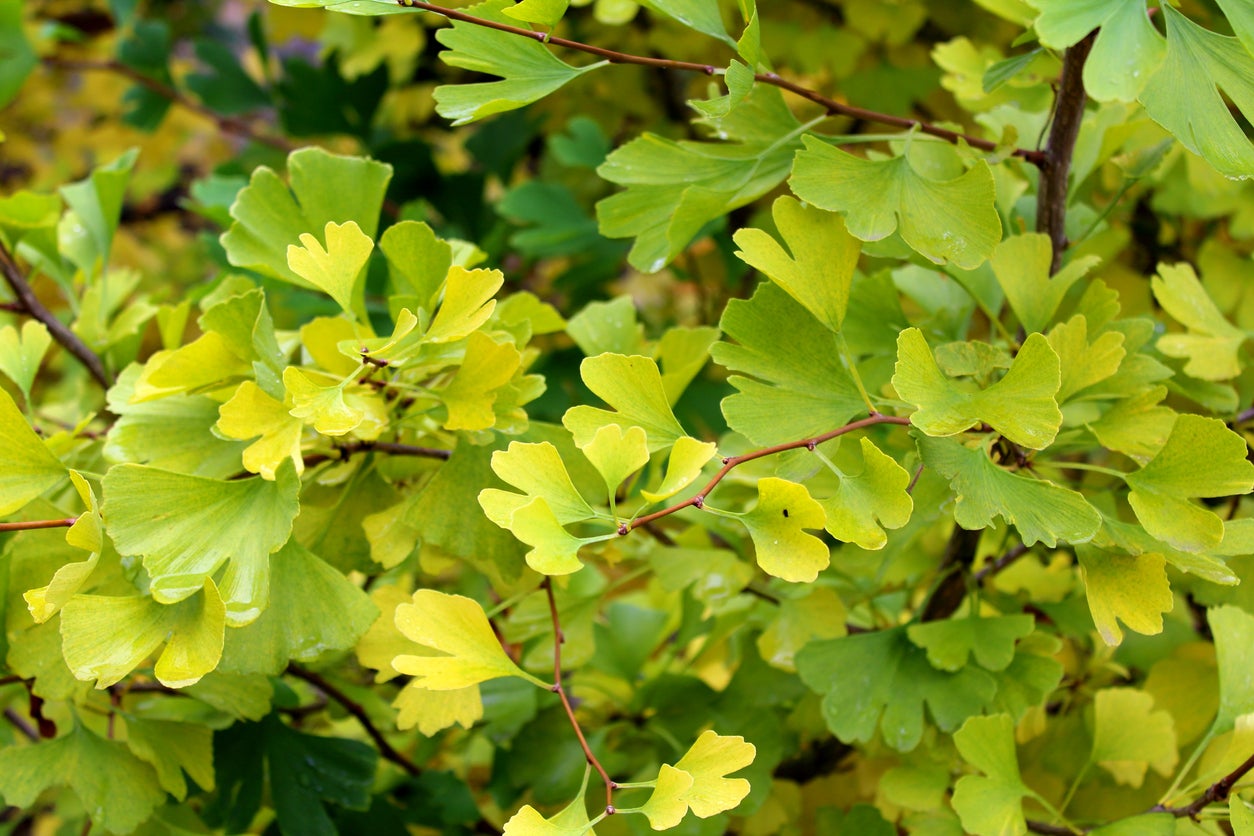 Managing Sick Ginkgo Trees: How To Control Diseases Of Ginkgo Trees
Managing Sick Ginkgo Trees: How To Control Diseases Of Ginkgo TreesGiven how long the ginkgo trees have survived on the planet, it won’t surprise you to learn that they are generally strong and healthy. Still, ginkgo tree diseases do exist. Click here for information about the diseases of ginkgo with tips for managing sick ginkgo trees.
By Teo Spengler
-
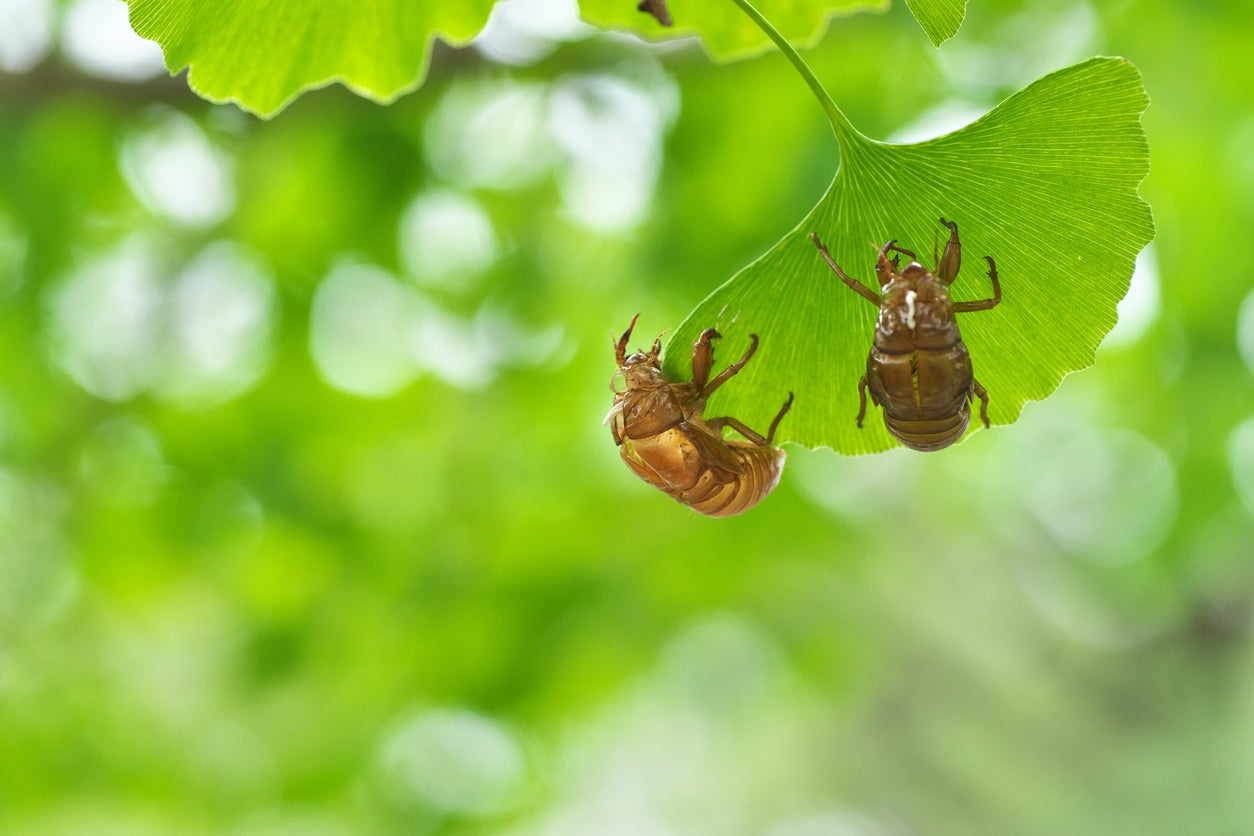 Ginkgo Insect Problems: Are Pests On Ginkgo Trees Serious
Ginkgo Insect Problems: Are Pests On Ginkgo Trees SeriousEven though there are very few bugs that prey on ginkgo trees, that doesn’t mean the species doesn’t have its share of ginkgo insect problems. So what kinds of ginkgo pests might be found on the tree? Click on the following article to learn more.
By Amy Grant
-
 Common Ginkgo Cultivars: How Many Kinds Of Ginkgo Are There
Common Ginkgo Cultivars: How Many Kinds Of Ginkgo Are ThereGinkgo trees are unique in that they are living fossils, largely unchanged for nearly 200 million years. In the landscape, different kinds of ginkgo can be big shade trees and attractive ornamental additions to gardens. Learn about different varieties in this article.
By Mary Ellen Ellis